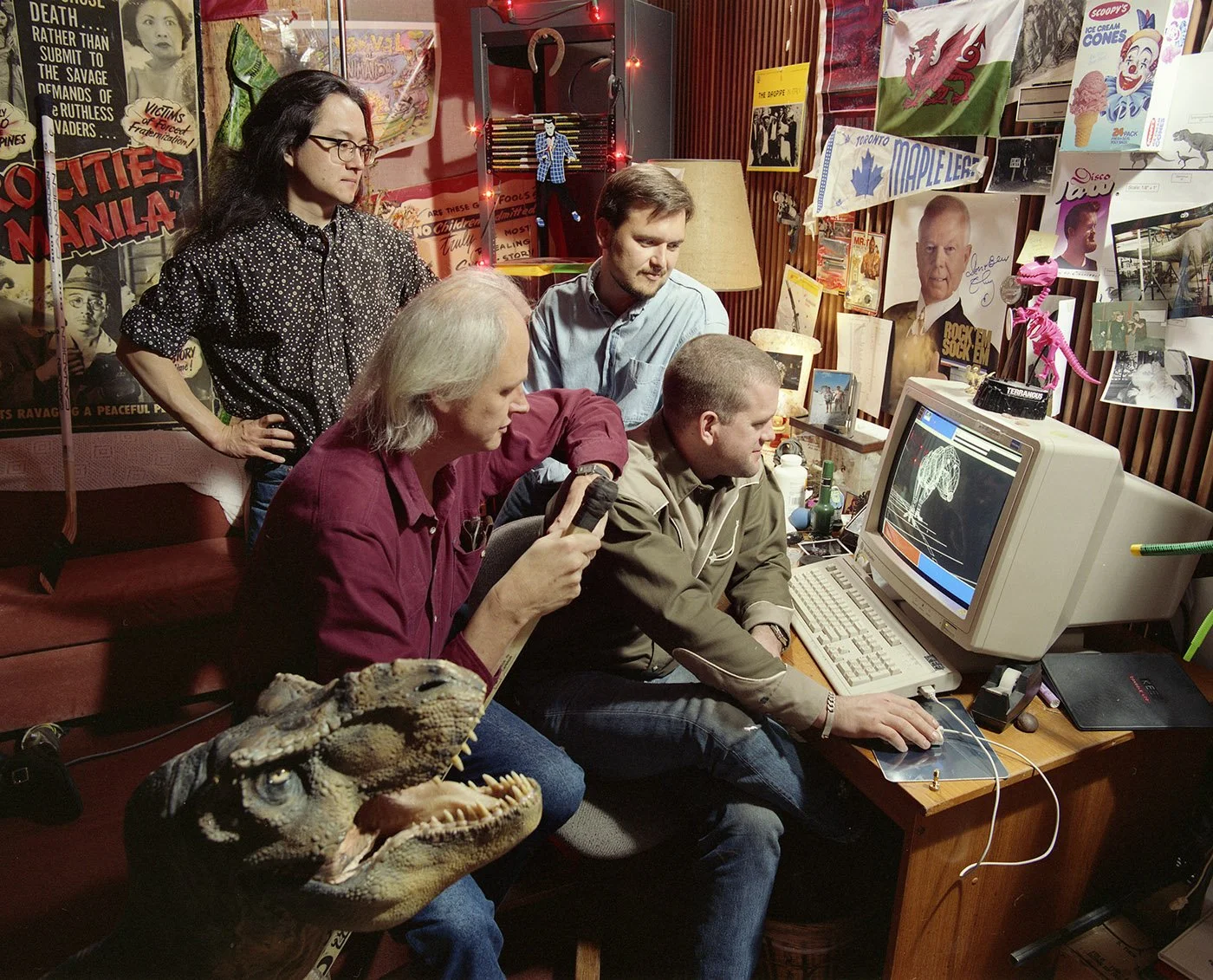Light & Magic
In 1975, a young filmmaker named George Lucas had a crazy idea. He wanted to make a space opera unlike anything seen before. The only problem? The technology to create his vision of X-wings, Death Stars, and laser blasts simply didn't exist. So, he did what any innovator with a purpose does: he found a team. Not a team of seasoned Hollywood veterans, but a band of outsiders, artists, and engineers, many of them fresh out of college, who shared his singular vision. He called them Industrial Light & Magic.
The Disney+ documentary, "Light & Magic," is the incredible, often chaotic, story of that team. But for a marketer, it's so much more than a behind-the-scenes look at special effects. It's a masterclass in how a small, purpose-driven team, fueled by a willingness to embrace disruption, can build a brand that doesn't just succeed—it defines an entire industry. This is their story, and these are the lessons we can all apply to our work today.
The Ragtag Team with a Singular Vision
The origin story of ILM reads like a marketing fable. They were a "ragtag team" given an impossible mission. They had no legacy to protect, no corporate red tape to navigate, and no existing playbook to follow. All they had was a clear purpose: to bring George Lucas's imagination to life. This singular vision wasn't just a goal; it was the foundation of a culture of fearless experimentation.
Dennis Muren prepares the Death Star for its close up (image: LucasFilm)
Their "garage band" mentality was their greatest asset. Instead of using existing, inadequate tools, they built their own. The motion-control camera system that brought the Death Star trench run to life was a collection of spare parts and a brilliant engineer's ingenuity. This wasn't just a technical achievement; it was a testament to the power of a purpose-driven team given the freedom to fail and try again. They weren't focused on fitting into a pre-existing industry; they were focused on solving a problem that no one else could.
For marketers, the lesson is profound. The most innovative and memorable campaigns rarely come from following a template. They come from small, agile teams who are given a mission, not a set of instructions. When your team truly believes in the mission—whether it's launching a new product, changing a consumer perception, or building a community—they will find a way to make the impossible possible. It's a reminder that a shared sense of purpose is far more powerful than any playbook.
Innovate or Become a "Ghost of the Past"
(image: LucasFilm).
The "Light & Magic" documentary doesn't shy away from the friction and fear that came with the rise of digital technology. For years, the ILM team had meticulously mastered their craft: building physical models, stop-motion animation, and complex optical effects. Then, computers entered the picture. The initial reaction from many was not excitement, but suspicion. They saw CGI not as a tool, but as a threat to the artistry they had dedicated their lives to.
But you can’t stop innovation. The pivotal moment arrived with Jurassic Park. The original plan was to use stop-motion dinosaurs, but a small, determined team built a fully rendered CGI T-Rex that moved with a terrifying, unprecedented realism. It was a moment of profound disruption. The film proved that digital effects weren't a cheap substitute; they were a new frontier for storytelling. Those who resisted this change risked becoming "ghosts of the past," their hard-won skills suddenly obsolete.
For marketers, this is the most critical lesson. Disruption is not a choice; it's a certainty. The rise of AI, immersive technologies like the metaverse, and new social platforms can feel intimidating, but they are not a threat to your craft. They are an opportunity to expand what's possible. The choice isn't whether to use these tools, but whether you will lead the change or be left behind by it.
The Synergy of Old and New
(image: LucasFilm)
The true genius of ILM's evolution, however, wasn't just in their embrace of the new. It was in their mastery of the hybrid approach. The team didn't throw out their foundational knowledge of lighting, physics, and character design. Instead, they fused it with their new digital tools. The CGI T-Rex didn’t work because it was a perfect digital model; it worked because the team understood how a creature of that size would move and how light would realistically fall on its skin. They were applying the principles of old-school filmmaking to a brand-new medium.
This is the essence of being a modern marketer. You don't abandon the foundational principles of human psychology, compelling storytelling, and emotional connection just because the channel is new. The most effective marketers are hybrid marketers—they are masters of the timeless principles of their craft who also wield cutting-edge technology to reach their audience in new and powerful ways. They understand that a viral TikTok campaign still relies on the same storytelling beats as a classic television ad.
Building a Brand That Lasts
(image: LucasFilm)
"Light & Magic" shows us that a brand built on a culture of innovation can be just as enduring as the masterpieces it creates. The legacy of Industrial Light & Magic isn't just in the X-wings and dinosaurs; it’s in the unwavering purpose of a small team, the courage to embrace technological disruption, and the wisdom to create a powerful synergy between the old and the new. Their story is a powerful reminder that the best work is born from a mission that's bigger than any single person or technology.
So, what’s your impossible mission? What new tool or technology are you afraid of? How will you build your own brand legacy by fusing your core principles with the disruptive forces of the future?





